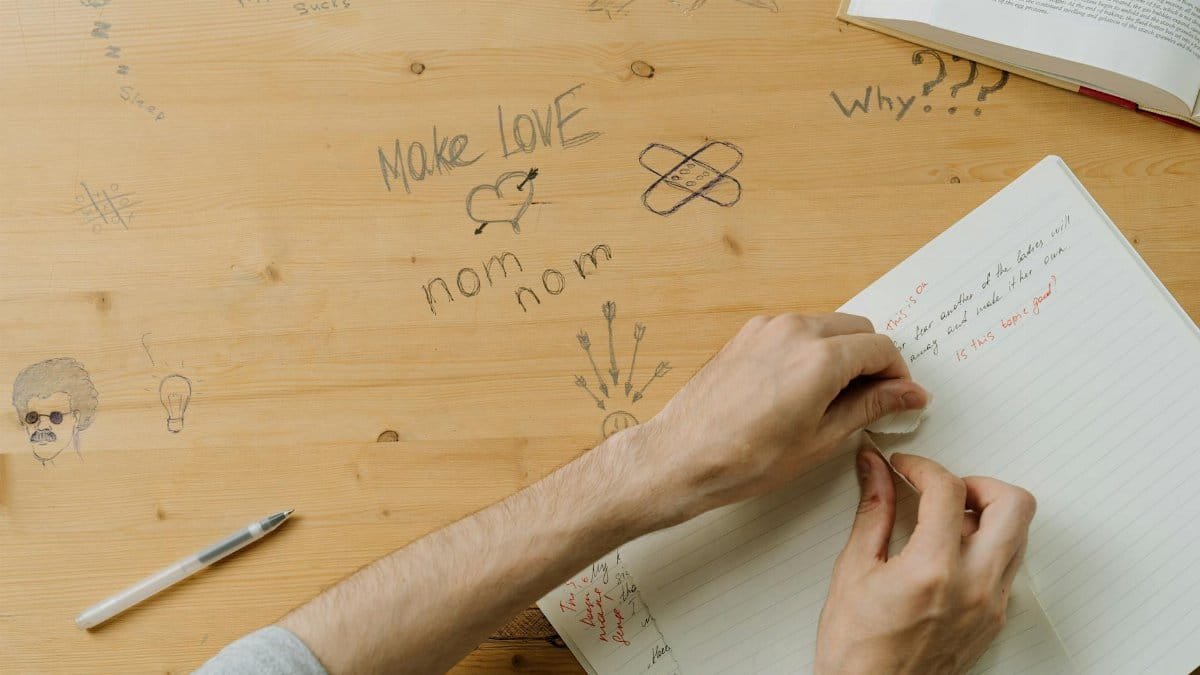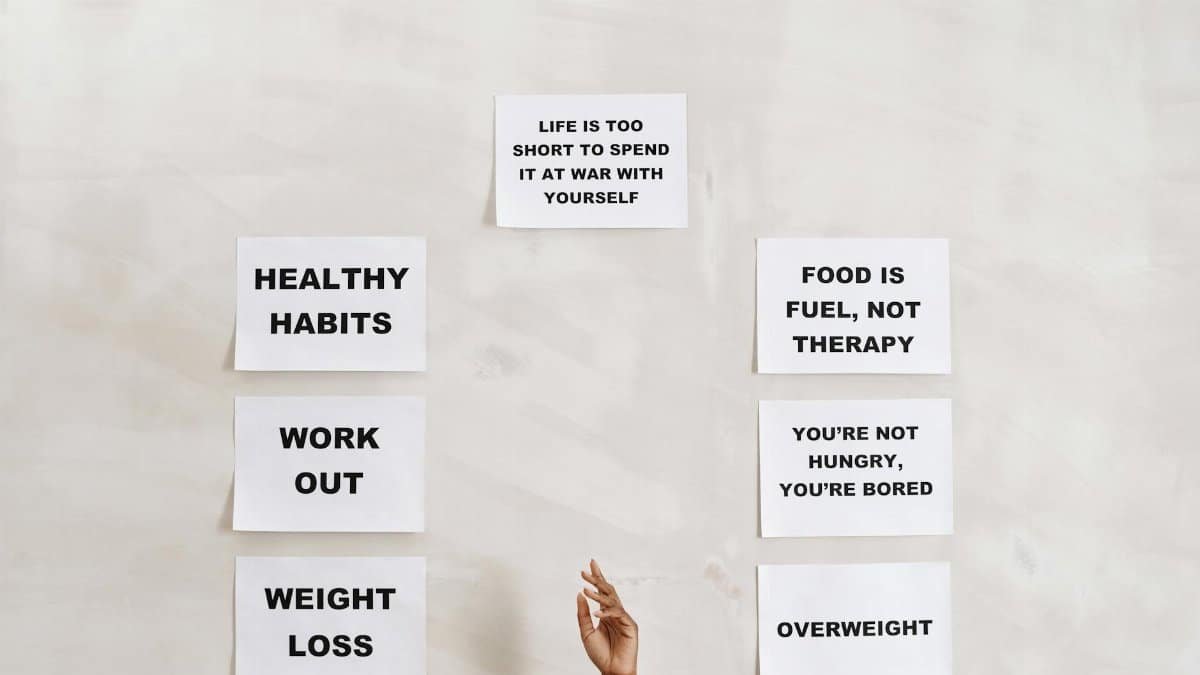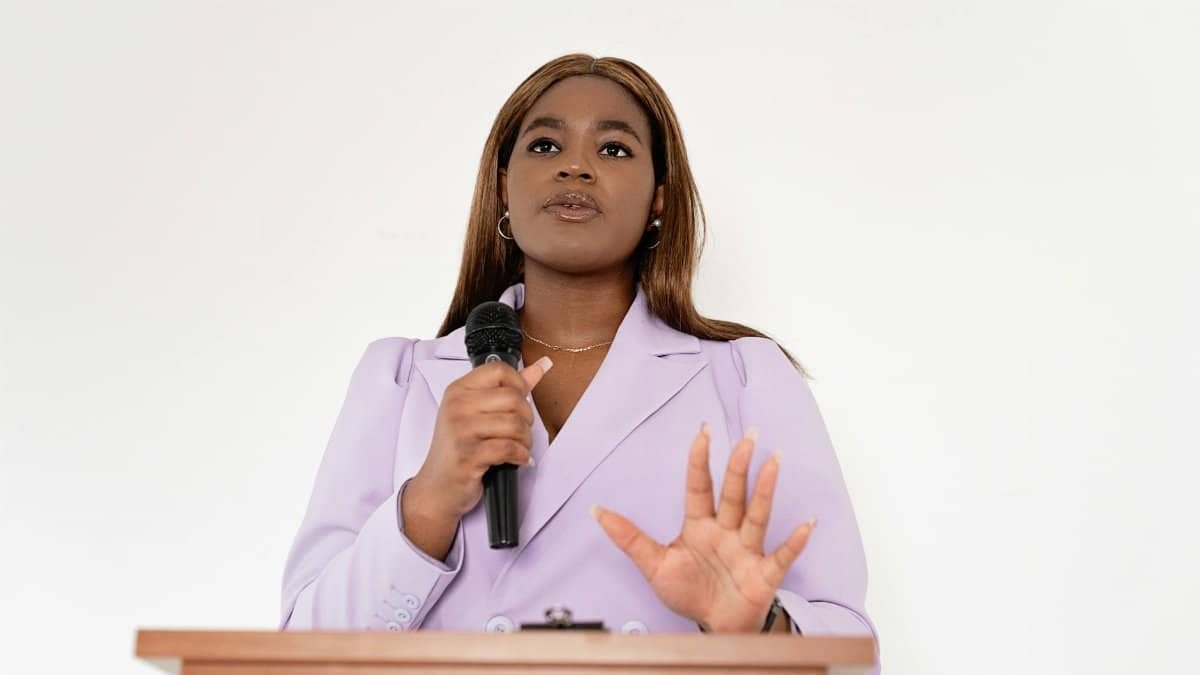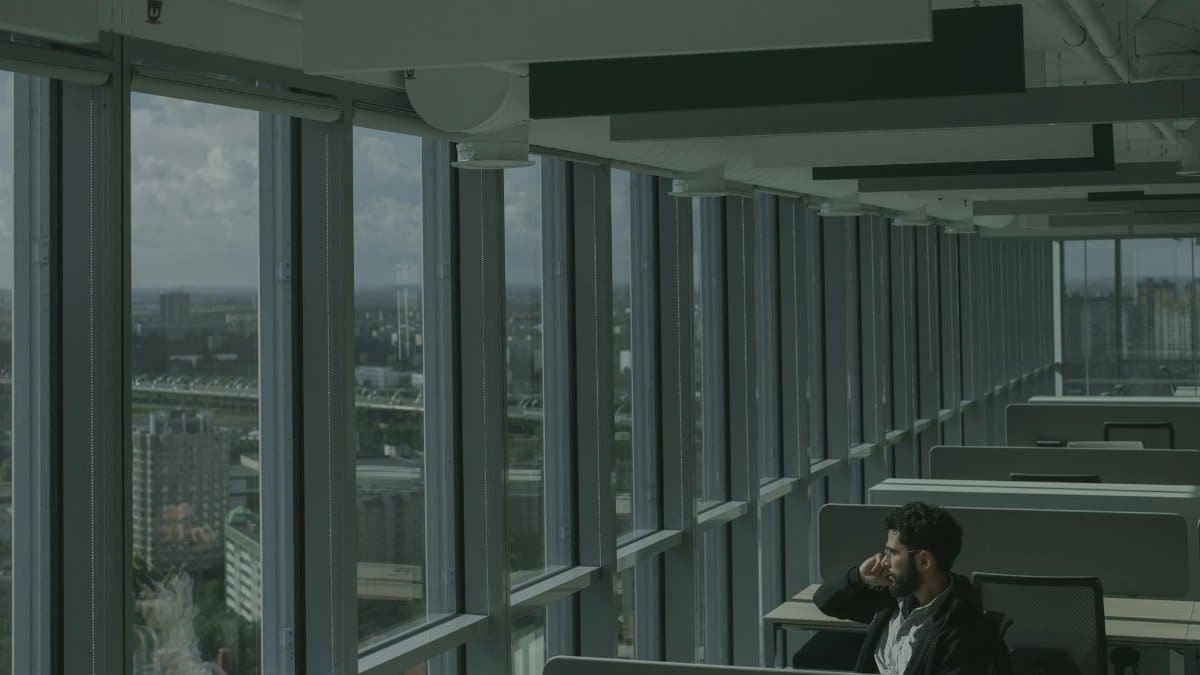In a fast-paced corporate world, a surprising stat reveals that 40% of U.S. workers now incorporate some form of breathwork into their daily routines, according to recent surveys. This shift highlights the growing embrace of clarity meditation calm techniques, which blend focused breathing with mindfulness to foster mental sharpness and serenity amid office chaos. As companies grapple with burnout rates soaring post-pandemic, these practices are quietly revolutionizing how employees manage stress and boost productivity. From tech giants to small firms, clarity meditation calm is no longer fringe; it’s becoming essential for maintaining focus in demanding environments.
What Is Clarity Meditation Calm?

Clarity meditation calm refers to a targeted approach combining breathwork and meditative practices aimed at achieving mental clarity, emotional balance, and a state of calm. Unlike traditional meditation, it emphasizes short, intentional breathing exercises that can be done anywhere, even at a desk. Rooted in ancient techniques but adapted for modern life, it helps users cut through mental fog by regulating the nervous system. Experts note its accessibility, requiring no special equipment, making it ideal for busy professionals seeking quick relief from daily pressures.
The Science Behind Breathwork’s Benefits

Research backs the efficacy of breathwork in promoting calm and clarity. Studies show that controlled breathing activates the parasympathetic nervous system, reducing cortisol levels and enhancing focus. For instance, a 2023 study from Harvard Medical School found that participants practicing daily breathwork reported 25% improvements in cognitive performance. This aligns with broader findings on mindfulness, where regular practice rewires the brain for better resilience. In workplaces, this translates to fewer errors and higher job satisfaction, as employees harness these tools to navigate high-stress scenarios effectively.
For more details, check the Harvard Health Publishing on breath control.
Why Workplaces Are Adopting It Now

With remote and hybrid work blurring boundaries, companies are turning to clarity meditation calm to combat rising anxiety. In 2025, U.S. firms like Google and Salesforce have integrated breathwork sessions into wellness programs, recognizing its role in employee retention. The pandemic accelerated this trend, as workers sought ways to maintain equilibrium without leaving home. HR leaders report that such initiatives not only improve morale but also reduce absenteeism, positioning breathwork as a low-cost solution to the mental health crisis affecting millions in the workforce.
Real-World Examples from Corporate America

Take Aetna, where former CEO Mark Bertolini introduced mindfulness programs, including breathwork, leading to a reported $3,000 per employee in productivity gains annually. Employees at the insurance giant use clarity meditation calm during breaks to reset and refocus. Similarly, in Silicon Valley, startups like Calm and Headspace offer apps tailored for office use, with features guiding users through quick sessions. These examples illustrate how breathwork is embedding itself in corporate culture, from boardrooms to virtual meetings, fostering a more composed workforce.
Common Techniques to Try

Getting started with clarity meditation calm is straightforward. One popular method is the 4-7-8 technique: inhale for four seconds, hold for seven, exhale for eight. This promotes relaxation and mental clarity in minutes. Another is box breathing, used by Navy SEALs, involving equal counts for inhale, hold, exhale, and hold again. Professionals can integrate these into commutes or lunch hours, building habits that enhance daily performance without disrupting schedules. Consistency is key, with even five minutes yielding noticeable calm.
Challenges and How to Overcome Them

Despite its appeal, adopting breathwork isn’t always seamless. Skepticism from colleagues or lack of time can hinder participation. To counter this, experts recommend starting small and tracking personal benefits, like improved sleep or reduced irritability. Workplaces can address resistance by offering anonymous feedback or tying sessions to team-building. Research from the American Psychological Association indicates that group practices increase adherence, turning potential obstacles into opportunities for collective growth and stronger interpersonal dynamics.
Explore supporting data at the American Psychological Association’s mindfulness resources.
Impact on Productivity and Well-Being

Clarity meditation calm directly boosts workplace efficiency. Users often experience heightened concentration, leading to faster task completion and creative problem-solving. A Pew Research Center survey from 2024 noted that 35% of meditators felt more productive, attributing it to reduced distractions. Beyond metrics, it enhances emotional intelligence, helping teams navigate conflicts with poise. In 2025, as economic pressures mount, these practices could be pivotal in sustaining a resilient workforce, ultimately benefiting bottom lines through lower turnover and higher engagement.
Expert Opinions on Its Future Role

Psychologists and wellness coaches predict breathwork will become standard in professional development. Dr. Emma Seppälä, a Yale lecturer, states that “breathwork is the unsung hero of mental fitness, offering immediate tools for calm in chaos.” As hybrid models evolve, integrating clarity meditation calm could redefine success metrics, prioritizing well-being alongside output. With apps and virtual classes proliferating, accessibility will drive wider adoption, potentially transforming how Americans approach work-life balance in the coming years.
Tips for Implementing in Your Routine

To incorporate breathwork effectively, set reminders for short sessions throughout the day. Pair it with existing habits, like morning coffee, for better retention. Track progress in a journal to note shifts in clarity and calm. For teams, suggest company-wide challenges to build momentum. Remember, personalization matters; experiment with techniques to find what resonates. Over time, these small steps accumulate, creating a foundation for sustained mental agility in any professional setting.
